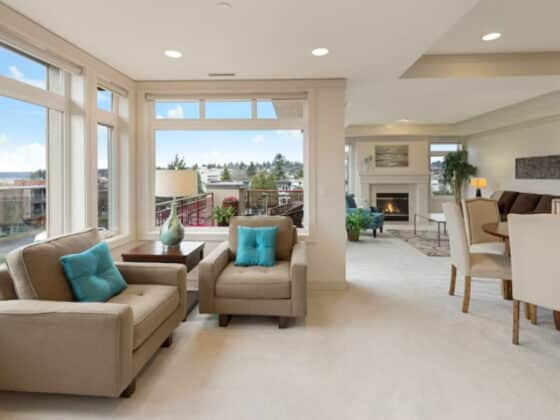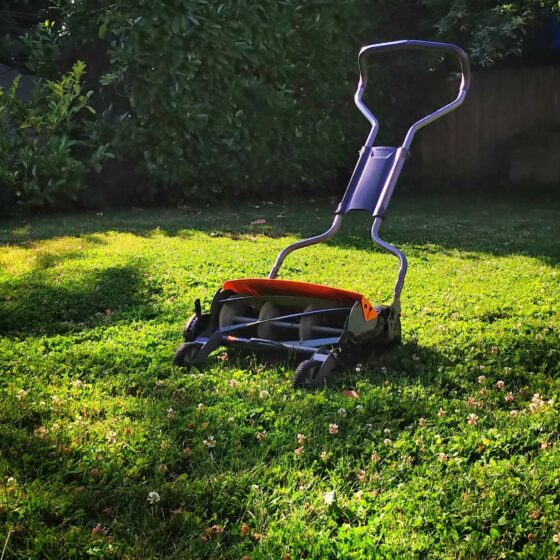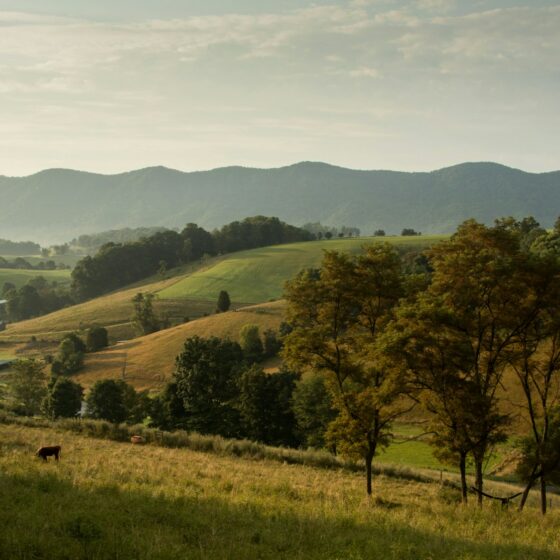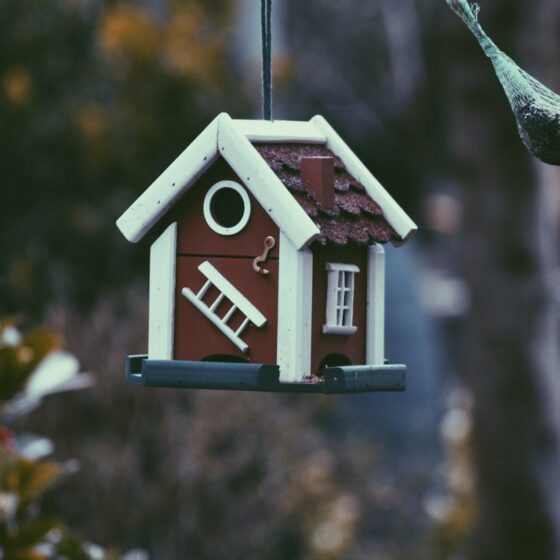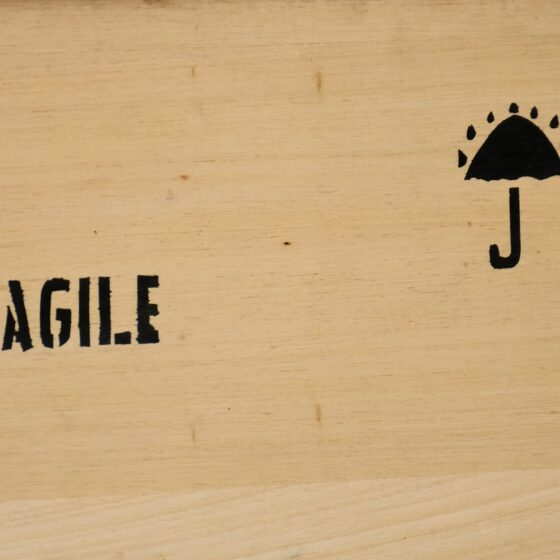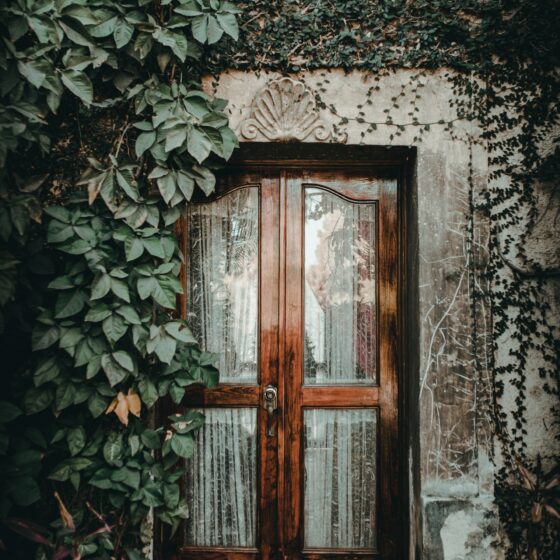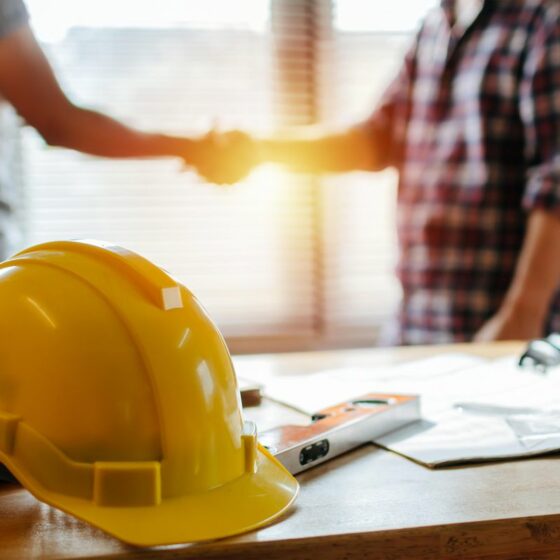If you’re like most people, you probably love to shower under a nice, strong, and steady stream of water. However, if you have low water pressure, getting the relaxing experience you’re craving can be a real challenge.
So, how to increase the water pressure in the shower?
Luckily, there are ways to do this without even having to call a plumber! In this blog post, we’ll discuss some tips and tricks that’ll help you get the most out of your shower and avoid frustration first thing in the morning.
What Causes the Water Pressure to Be Low in the Shower?
There are a few reasons why the water pressure in your shower might be low:
- Pipe blockage. This is one of the most common causes of low water pressure. Sediment can build up over time, clog the pipes, and reduce the water flow.
- Pipe corrosion. Pipe corrosion can cause invisible damage to the plumbing system, sometimes leading to leakage and low water pressure.
- The water pressure regulator is set too low. This device controls the water flow through the pipes, and if it’s set too low, it may cause problems with water flow. In that case, you should adjust the water pressure regulator. If you aren‘t handy, you can always call a plumber who can do this instead of you and increase the water pressure in the shower in your apartment.
- If you live in an apartment or condo, your water pressure might be low because of how the building is plumbed. For example, you may share a pipeline with your neighbors. So, if both of you use water at the same time, the water pressure gets lower.
- Clogged showerheads
- Water-saving showerheads
How to Increase Water Pressure in a Shower Head
If you did your best to make your curbless shower a personal sanctuary, it would be a shame to watch it go to waste because of showerhead-related frustrations.
So, let’s explore the possible solutions that can save you from a plumber‘s visit and potentially spending a lot of money:
Give Your Showerhead a Good Cleaning
Water (especially hard water) contains minerals (e.g., calcium, magnesium, etc.), which turn into a white, chalky substance (limescale) when the liquid evaporates. Over time, these minerals can build up and clog the holes in your showerhead.
This reduces water flow and makes it appear as if the water pressure is low.
To clean your showerhead, simply remove it from the arm and soak it in a vinegar solution (equal parts of water and vinegar) for a few hours or overnight. After soaking, use a toothbrush to scrub away any remaining mineral deposits.
Get Rid of the Water-Saving Showerhead
One of the simplest ways to improve water pressure in the shower is to swap your water-saving showerhead for a high-pressure showerhead.
A water-saving showerhead has smaller holes and a flow restrictor, which can help you and your family save a whopping 2,700 gallons of water each year, but it can also make you feel like it leaves a lot to be desired, as the water pressure won’t be at its finest.
High-pressure showerheads have an ingenious design that can make a big difference when it comes to water pressure and provide you with an all-around awesome shower experience! Best of all, they’re easy to install and come at a very affordable price.
How to Deal With Low Water Pressure in Your House
Looking into some of the following things may also help you increase the water pressure in your home:
Adjust the Pressure-Regulating Valve
If the water pressure in your new house frustrates you, the pressure-reducing valve is the likeliest culprit. Luckily, this is easily fixable.
All you have to do is:
- Look for a conical water valve. It’s usually located under the sink, next to the water meter.
- Loosen the locknut and turn the bolt clockwise.
- Turn on the nearest faucet to see how the water pressure changes.
- Once you’re satisfied with the water flow, lock the locknut in the new position, and voila! Your water pressure is fixed!
Adjust the Pressure in the Well Pump
If you’re using well water and aren’t satisfied with the pressure, you should check the air fill valve on your well pump. If the pressure is lower than normal (40–60 psi), adjust the valve to increase water pressure in the shower with well water and improve the water output.
Install a Constant Pressure System/Pressure Booster
Installing a constant pressure system will prevent a sharp drop in well water pressure when several fixtures are in use at the same time. The system is mounted directly on the water line that enters your home.
Install a Shower Pump
Though not the most inexpensive option, this plumbing gadget will definitely help you increase water flow and pressure. It’ll give you a solid stream instead of a weak, unsatisfying trickle in your shower.
How to Increase the Hot Water Pressure in the Shower: Water Heater Issues
You may be surprised to hear that our water heater can also affect the water pressure in your home.
Here are the main reasons why:
Water Heater Shut-Off Valve Isn’t Fully Open
Luckily, this is easily fixable. Just fully open the valve, and your water-pressure-related problems will be solved!
Rust, Sediment, and Mineral Deposits
Sediment buildup in the water heater pipes can block the normal flow of water, resulting in lower water output. To solve this, make sure to regularly clean your water heater (piping included).
Tip — If you aren’t sure how to handle water heater issues in a safe way, it would be best to leave this to professionals.
Your Tankless Water Heater Might Be Too Small for Your Needs
If you simultaneously use too many appliances for your tankless water heater to handle, you may end up not getting enough hot water. On top of that, you’ll probably struggle with low water pressure.
To avoid this, avoid using multiple appliances connected to the same water heater at the same time (e.g., a dishwasher, washing machine, shower, and faucet) or consider getting a quality tankless water heater with higher capacity.
Fix Low Water Pressure in the Shower by Addressing Pipe Issues
While low water pressure might be annoying, a burst pipe caused by corrosion or clogging can result in much more serious plumbing issues.
And these issues are more common than you thought — around 10% of US homes have leaks that lead to wasting 90 gallons of water per day!
So, if your shower water pressure suddenly drops, it might be time to check on your pipes (especially if the water starts changing color and smelling odd).
If you aren’t comfortable using a plunger or a snake, identifying and fixing this issue will require you to hire professionals.
How to Increase Water Pressure in an RV Shower
If you can’t seem to get that satisfying stream of water in your RV shower, you’re likely having problems with the RV’s water system as a whole (or parts of it).
There are a few things you can do to increase low water pressure in the shower of your RV before hiring professionals:
- Make sure that your fresh water tank is at least half full.
- Make sure there are no leaks in the water lines (inspect for cracks and other damages).
- Make sure the water pipe clamps aren’t too loose.
- Make sure there aren’t any clogs in the water filter.
- Make sure your pump is well-functioning.
Conclusion
Increasing water pressure in your shower doesn’t have to be difficult or expensive. With a little effort (and maybe some small investments), you can enjoy a more powerful stream and avoid starting your day with frustration.
We recommend trying the easiest and most affordable solution first and then moving to more complex steps if that doesn’t work.
FAQ
Can a showerhead actually increase water pressure?
The answer is yes! High-pressure showerheads have certain features that help them increase the amount of water flowing through the showerhead, so they can definitely help you increase the water pressure in your shower.
What is a water pressure booster?
A water pressure booster is a device that improves the amount of water that flows through your pipes and thereby improves the water pressure. It does so by pressurizing water by compressing the air in one of its parts (the bladder).
It’s relatively affordable and relatively easy to install, but if you aren’t handy, chances are you’ll need to hire a professional to help you with the installment.
How can I increase water pressure without a pump?
Getting a water pressure pump isn’t the only way to increase water pressure in your home.
Here’s how to increase water pressure in your shower in several other ways:
- Find pressure valves on your main water pressure regulator and adjust the pressure.
- Remove the existing flow restrictors from your showerheads.
- Get a high-pressure showerhead.
- Make sure that the shut-off valve on your water heater is fully open.
Make sure that your pipes aren’t clogged or ruptured.


